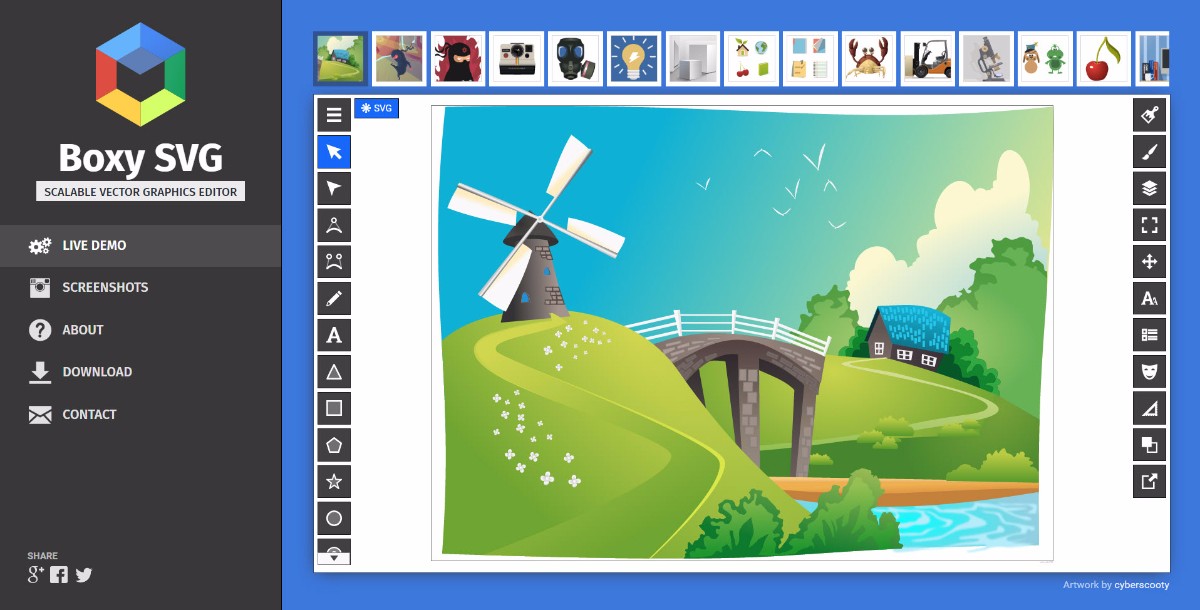

Ho is an early childhood administrator in New York City. The fifth-floor room had a direct view of the towers, and the students were witnessing people jumping out of windows. When we arrived at the art room, the class of older children was buzzing with a nervous energy, and the teacher had a look of shock on her face as she lowered the window shades. I even brought the class to their scheduled art class.

I was a new teacher at the school and was so unaware of the events that were taking place just blocks away. On the morning of 9/11, she remembers hearing a crash, followed by sirens. 1 Alfred Smith School in Lower Manhattan. The news featured the first World Trade tower with smoke billowing from the side, and the newscasters were sharing that a plane had crashed into the building. Then, suddenly, we saw the second plane flying into the south tower.Ĭastellani is now a high school history teacher in Highland Park, Illinois. Suddenly, another teacher burst into the room and yelled: “Oh my goodness, the World Trade Center was just bombed!” The students started to chatter, and we tried to calm them, frustrated that this teacher thought it appropriate to share this publicly in front of the students, but also concerned about this news.īetween periods, my mentor teacher and I were able to slip into a workroom where a science teacher had a television. McDonel is retired and lives in Rosharon, Texas.ĭebbie Castellani, then a student-teacher at Cambridge Rindge and Latin high school in Cambridge, Massachusetts, was teaching a World History class alongside her mentor teacher. We didn’t understand how radically our day was changing. We had finished our lesson, so I turned on CNN, thinking this would be part of the current events we covered in class that week. Our community had many pilots and others who may have been flying. I asked my students if anyone had a parent that was flying on a plane that morning. Only then did she tell me that a commercial plane had struck the World Trade Center. She asked me where my husband, a FedEx pilot, was that morning. Paula McDonel was teaching a World Geography class at Collierville High School in Collierville, Tennessee, when a colleague, looking somber, entered her classroom. These are their words, edited for length and clarity. With the 20th anniversary of 9/11 approaching, Chalkbeat asked those in school on that day to share what they remember and what they think K-12 students growing up today should know about the generation-defining terror attacks. Others saw the attacks as having the opposite effect, citing the rise in Islamophobia, and long, costly, and polarizing wars that are only now ending. There were harrowing evacuations, long walks home, and eerily silent subway rides.Īs for the aftermath of 9/11, some teachers and students recalled with nostalgia how Americans came together, and they wondered if such shows of unity would be possible today. New York City educators did their best to provide students a steady hand even as some feared for loved ones who worked in the towers, or struggled to get through to friends and family on jammed phone lines. 124, a few blocks away, another teacher watched as crowds covered in ash walked toward Brooklyn. 1, in Lower Manhattan, one teacher remembers another lowering the shades so kindergartners wouldn’t see the burning towers out the window.

In New York City, things were even more dramatic - the day’s horrific events were playing out nearby. Then, one by one, students were called out of class as parents arrived early to bring them home. Across the country that day, lesson plans were futile. Teachers and students watched the news on boxy TVs strapped to rolling carts that moved between classrooms. The world was still largely without smartphones or social media. News back then moved slowly by today’s standards. Some said it was the reaction of the adults around them, rather than the images of burning buildings and pulverized steel, that conveyed the life-changing nature of the attacks. Students remember pained looks on their teachers’ faces. Bush was in the classroom, too - reading with young Florida students until his chief of staff whispered in his ear: “America is under attack.”Īcross the country that morning, there were hushed conversations among teachers and attempts to explain to students what was happening - or shield them from it.

Millions of American children were in classrooms on the morning of September 11, 2001, when hijackers flew planes into the World Trade Center and the Pentagon. It was the beginning of the school day at the beginning of the school year at the beginning of the millennium. First Person is where Chalkbeat features personal essays by educators, students, parents, and others thinking and writing about public education.


 0 kommentar(er)
0 kommentar(er)
